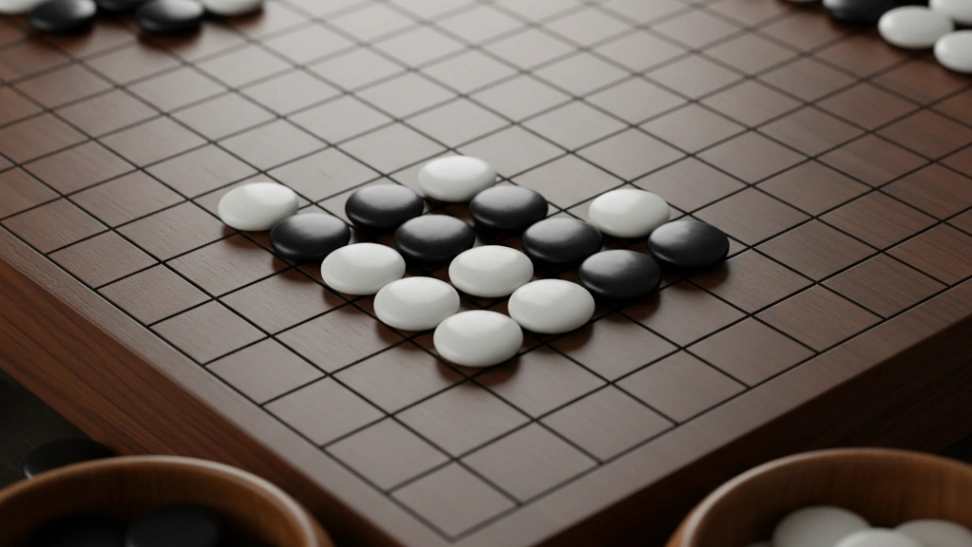The origins of Go, known as "Weiqi" in China, are shrouded in legend, with some tales attributing its invention to the mythical Emperor Yao around 2300 BC, who supposedly created it to teach his son discipline and concentration. Archaeological evidence, however, suggests a more likely emergence during the Spring and Autumn period (771–476 BC) or the Warring States period (475–221 BC). Initially, it was a pastime of the Chinese aristocracy and scholars, considered one of the "Four Accomplishments" (alongside calligraphy, painting, and playing the guqin). Go gradually spread beyond China's borders, reaching Korea (where it's called Baduk) in the 5th to 7th centuries AD, and then Japan (as Igo or Go) in the 7th century, where it was introduced by Buddhist monks. It flourished particularly in Japan during the Edo period, under the patronage of the Tokugawa shogunate, leading to the establishment of professional Go schools and the development of sophisticated theory and tournament structures that persist to this day. The game's global expansion began more actively in the late 19th and 20th centuries, with Westerners discovering its intellectual allure.
A game of Go unfolds on a grid of intersecting lines, typically 19x19, though 9x9 and 13x13 boards are common for beginners. Players take turns placing a single stone (black or white) on an empty intersection. The primary objective is to claim territory by surrounding empty points with your stones and to capture the opponent's stones. A group of stones is captured when all adjacent intersections (known as "liberties") are occupied by the opponent's stones. This creates a delicate balance: aggressively surrounding territory leaves your own stones vulnerable, while too much caution can lead to cramped, inefficient shapes. The game is less about direct confrontation and more about shaping the board, creating influence, and managing the dynamic tension between expanding your domain and protecting your existing formations. The endgame often involves intricate calculations as players fill in neutral points and finalize their territory.
Beyond its strategic mechanics, Go offers a rich philosophical dimension. Many enthusiasts find that the principles of Go mirror aspects of life, business, and even warfare. Concepts like "living" (creating a group that cannot be captured), "sente" (maintaining the initiative), and "miai" (two equally good moves) are not just game terms but analytical frameworks. The game teaches patience, encourages long-term planning, and demands adaptability when plans inevitably go awry. It fosters a deep understanding of cause and effect, where a seemingly small move in one corner can have profound implications across the entire board. Furthermore, Go is a game of harmony and balance; a strong player doesn't merely attack but seeks to achieve equilibrium between their forces, constantly evaluating the trade-offs between various objectives. This blend of abstract logic and intuitive judgment makes each game a unique intellectual journey.
Learning Go is a journey rather than a destination, a process often beginning with smaller boards like 9x9 to grasp the fundamental concepts before progressing to the standard 19x19 grid. Modern resources have made it more accessible than ever, with numerous online platforms offering free play against humans and AI, interactive tutorials, and vast libraries of "Tsumego" (Go problems) that hone tactical skills. Joining a local Go club or an online community can significantly accelerate learning, providing opportunities for game reviews, lessons from stronger players, and the shared camaraderie of fellow enthusiasts. While the rules are simple, understanding the nuances of shape, influence, territory, and life-and-death situations requires dedicated study and consistent practice. The beauty of Go is that even after decades of play, there is always more to learn, another subtle insight to discover, making it a truly lifelong pursuit for those captivated by its elegant complexity.



